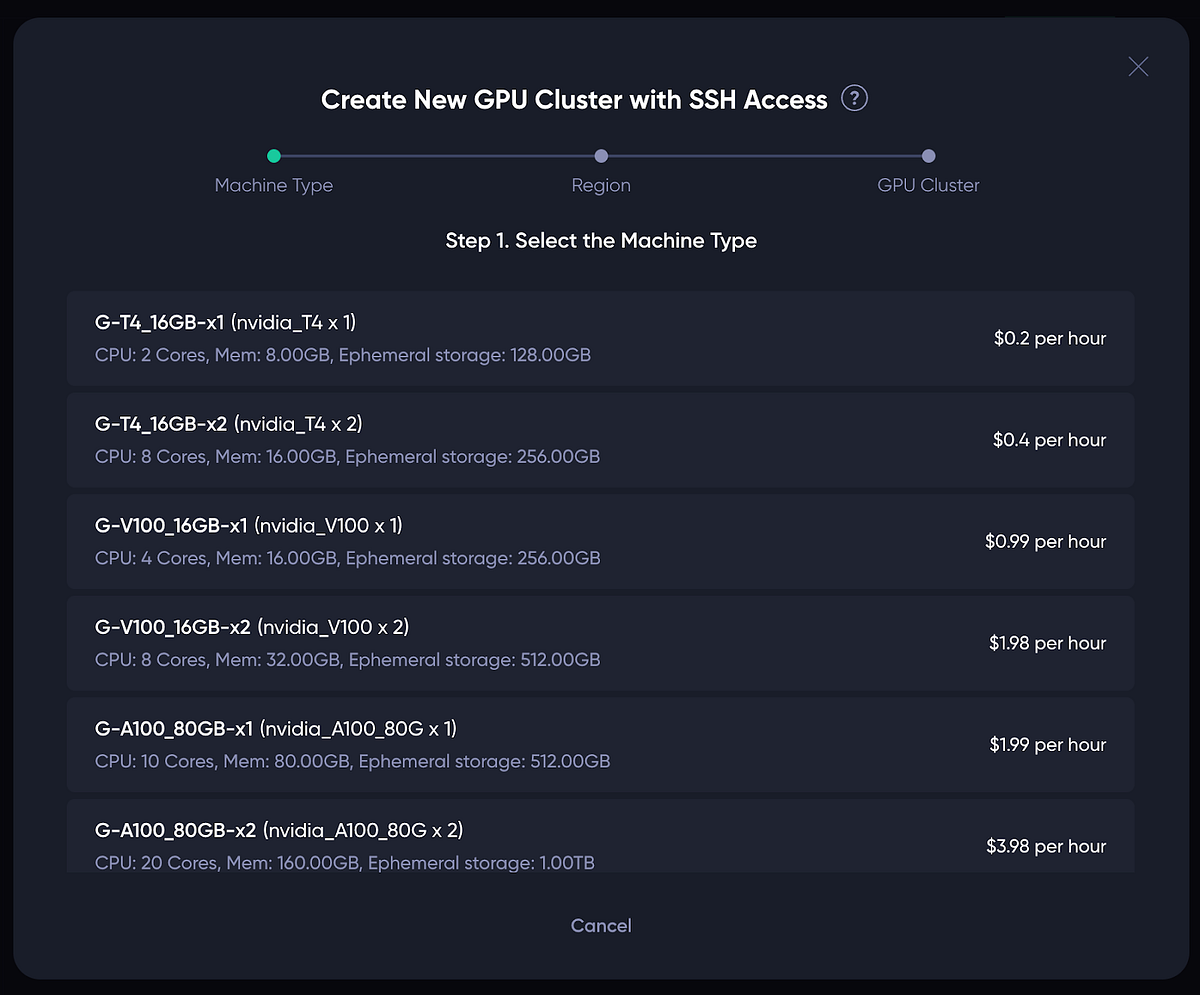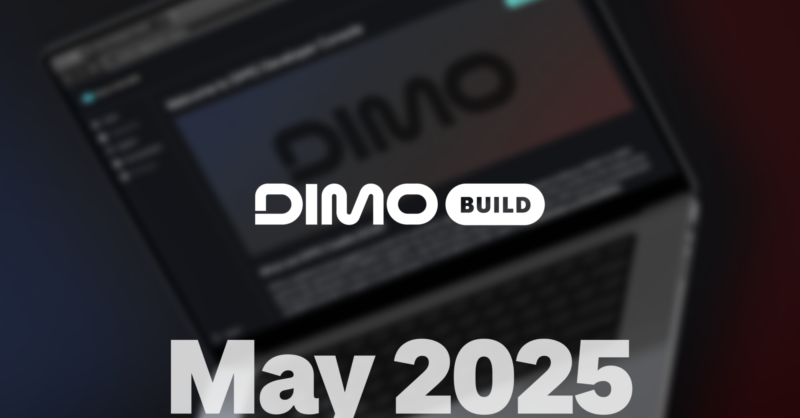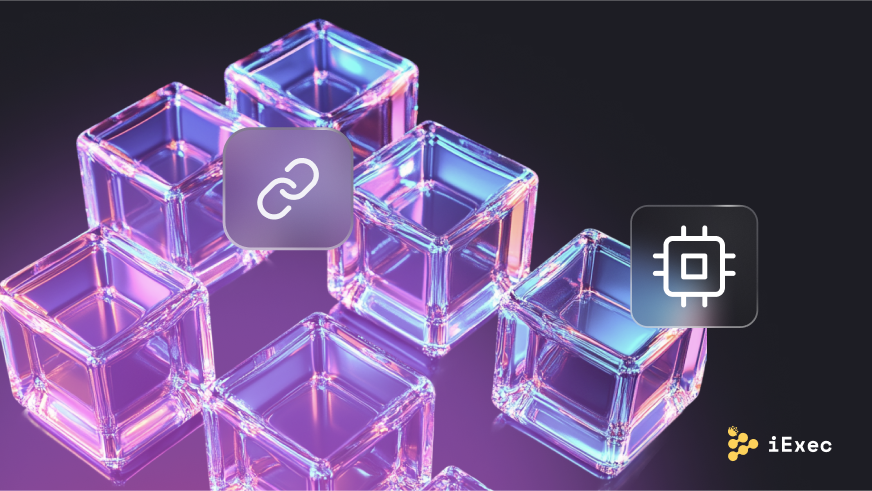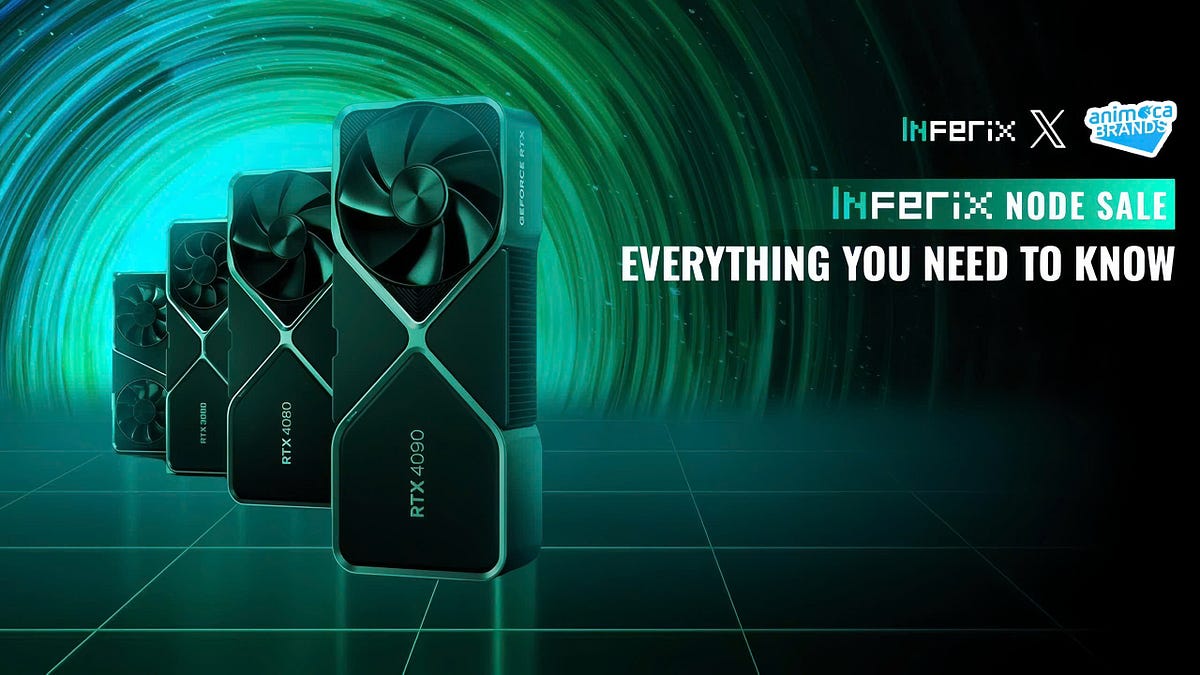Empowering Data Ownership in Web3 with iExec

In the evolving landscape of Web3, data ownership has emerged as a critical concern for developers and users alike. As decentralized applications (dApps) gain traction, questions surrounding who can access user data, how it is utilized, and whether users can reclaim control after sharing become paramount. The promise of Web3 is to empower users with control over their personal information, necessitating a shift in how developers approach data security and governance. iExec offers a suite of solutions designed to address these challenges, ensuring that users retain full control over their data even after it has been shared.
Developers face several key challenges regarding data ownership, including security, control, and trust. Users often hesitate to engage with dApps due to concerns about unauthorized access to their data. iExec’s tools, such as DataProtector, provide robust encryption for both data storage and sharing, allowing users to encrypt files before sharing them on decentralized platforms. Additionally, iExec’s on-chain data tokenization system enables users to transform their information into digital assets, granting them the ability to grant or revoke access as needed. This ensures that users can share sensitive information, like medical records, while maintaining control over who can access it and for how long.
Moreover, iExec’s privacy-enhancing tools, such as Privacy Pass, empower Web3 users to monetize their personal data without sacrificing ownership or privacy. By allowing users to participate in targeted marketing campaigns while keeping their personal information confidential, iExec facilitates a secure environment for data monetization. The combination of blockchain technology and Trusted Execution Environments (TEEs) ensures that sensitive data remains protected during processing, allowing third-party applications to interact with encrypted datasets without ever accessing raw information. As developers navigate the complexities of data ownership in Web3, iExec provides the necessary tools to build trust and empower users in the decentralized ecosystem.
Related News





